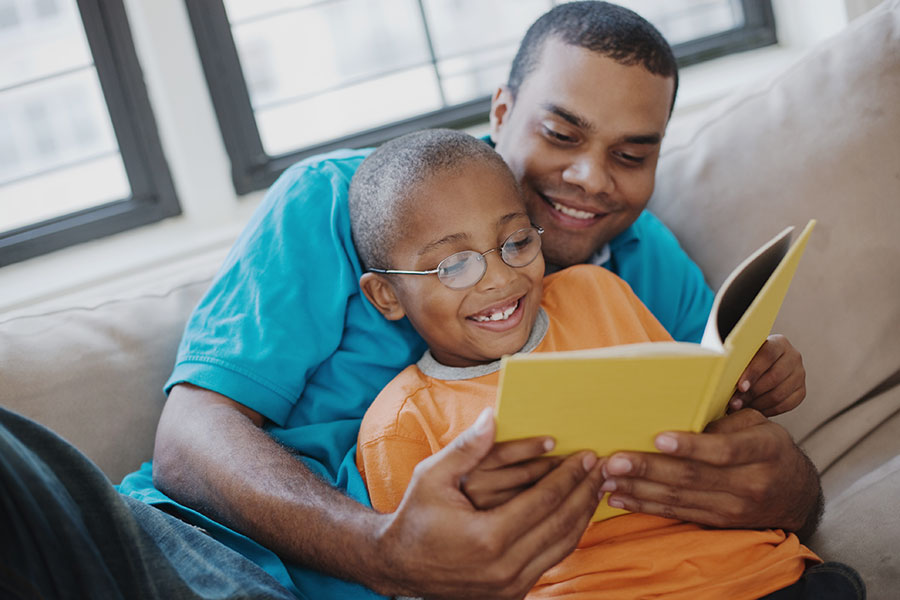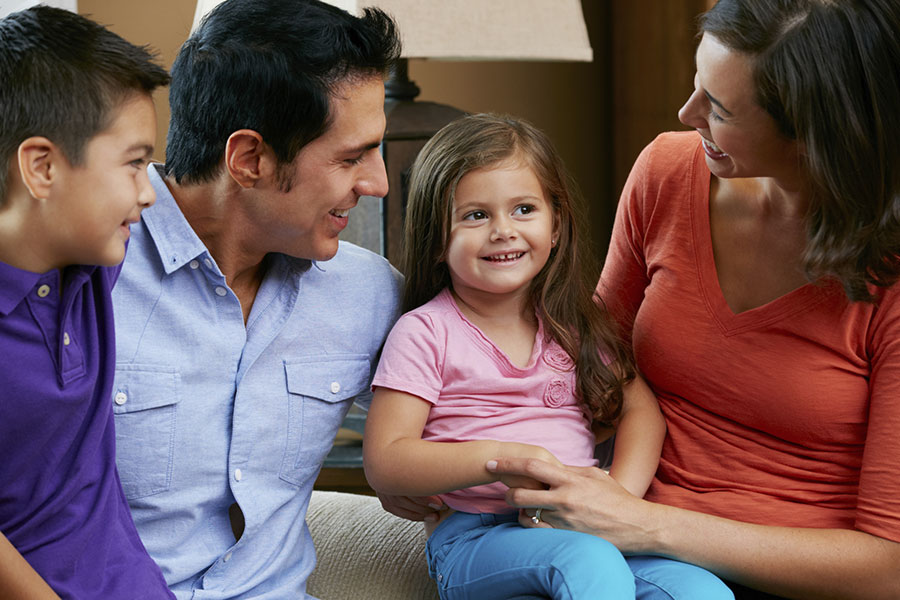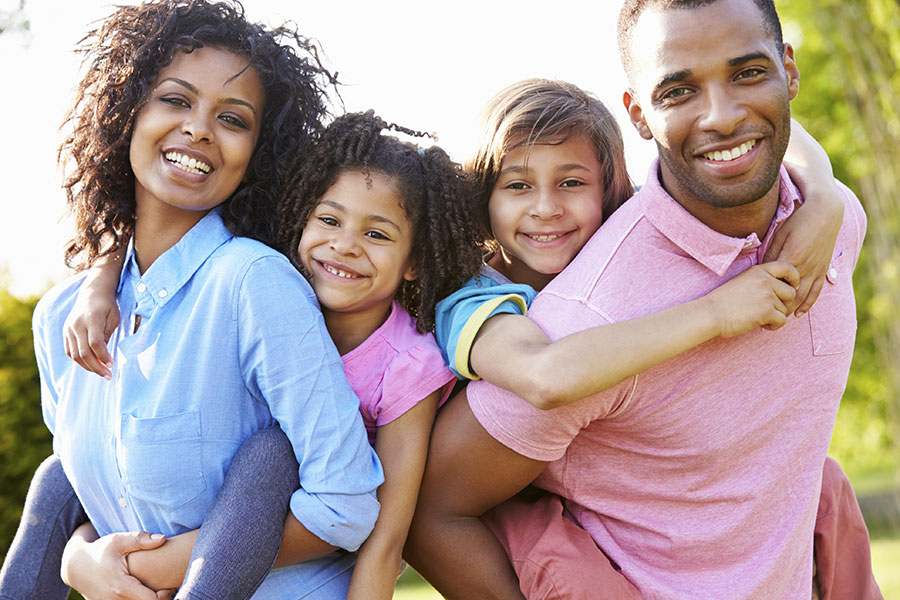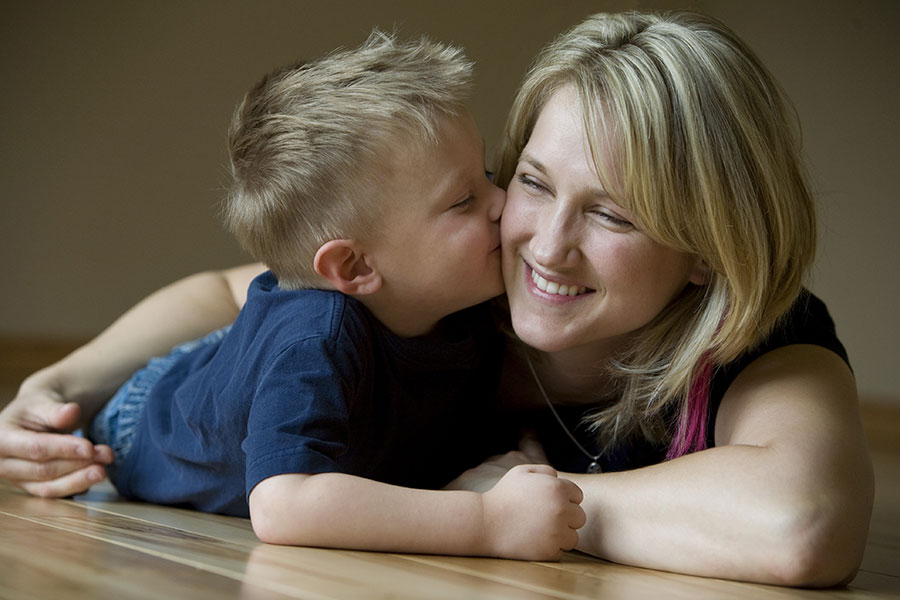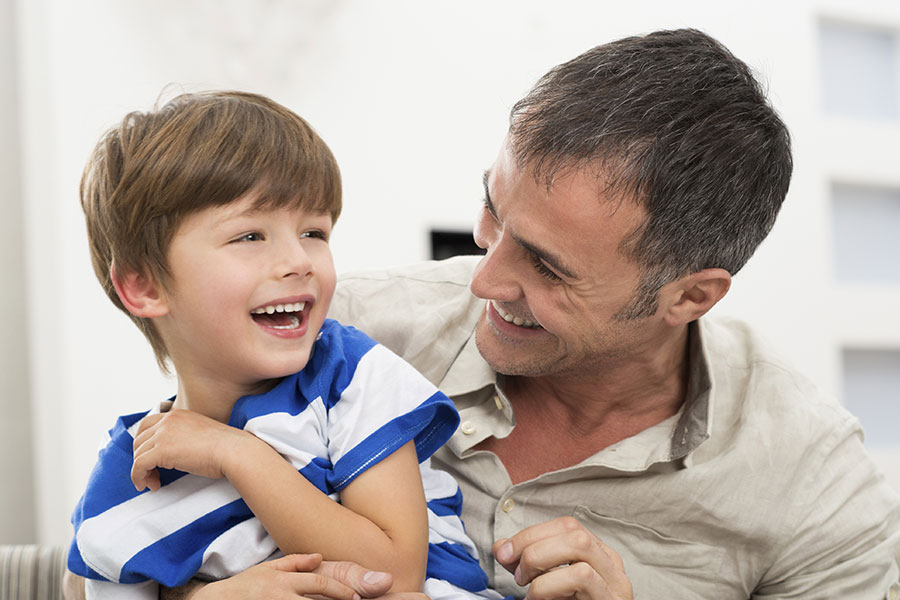Children, especially preschool children, often imitate sexual behaviors they have heard or seen. It is important to model the behaviors that are acceptable to you and to protect your child from seeing sexually explicit materials, which can be found in magazines, in television shows, in movies, or on the Internet.
The charts on the next page list common sexual behaviors in childhood, based on age. Remember, children develop at their own pace, so some overlap may occur in the behaviors listed; this is common and should not be cause for alarm. (Source: National Child Traumatic Stress Network)


